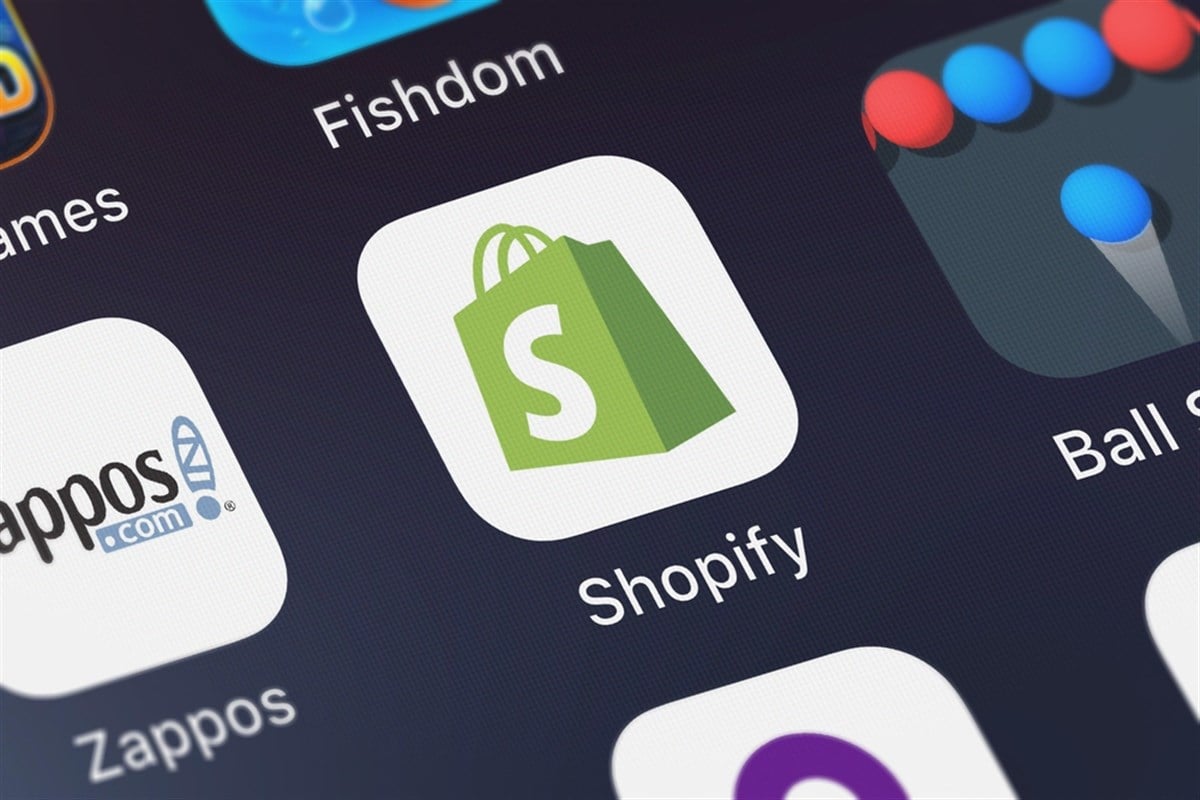Amazon vs. Apple: Which Mag 7 Is the Better Buy?

It’s been a lackluster year for Amazon (NASDAQ: AMZN) and Apple (NASDAQ: AAPL). While both outperformed the S&P 500 over the past 12 months, their returns fell short of investor expectations in a bull market supercharged by artificial intelligence enthusiasm.
Amazon gained nearly 25% and Apple gained nearly 22%. Meanwhile, almost every other company in the Magnificent Seven did better—in some cases, far better:
- Microsoft (NASDAQ: MSFT): 26.77%
- NVIDIA (NASDAQ: NVDA): 48.83%
- Alphabet (NASDAQ: GOOGL): 66.15%
- Tesla (NASDAQ: TSLA): 88.01%
The sole exception was Meta Platforms (NASDAQ: META), which, before reporting Q3 earnings on Oct. 29, was up around 35% before selling off nearly 14% by the end of October.
For Amazon and Apple, investors expect the robust returns typically associated with Big Tech—especially in the midst of a bull market and potential AI bubble. And while each company may face a unique set of hurdles, both are still considered strong portfolio candidates moving forward.
But which of the two is the better buy? Here are some factors to consider.
The AI Arms Race Has Become a CapEx Drain
Amazon's underperformance of late can be directly traced back to its capital expenditures (CapEx) on both AI and AI infrastructure. The company isn’t alone—Big Tech is on track to spend around $400 billion on AI in 2025, with all of the Magnificent Seven intending to spend even more in 2026.
But for its part, Amazon’s $125 billion CapEx allocated to AI tools and AI data centers this year far outpaces Apple’s spending. Take, for example, one Amazon data center project in Indiana, which will cost $11 billion and involve 1,200 acres dedicated to training and running models for Anthropic. Another—in North Carolina’s Research Triangle—will cost $10 billion and service its Amazon Web Services (AWS) platform with a 20-building campus.
Amazon’s significant AI spending has eroded its free cash flow, impacted valuations, and raised concerns about its future profitability. Meanwhile, among the Magnificent Seven, Apple is seen as an AI laggard—perhaps to its detriment—but the company does intend to increase its AI CapEx next year, according to CFO Kevan Parehk’s comments during Apple’s Q4 earnings call on Oct. 30.
Apple: From Growth Stock to Legacy Company
Apple may not be overcommitting CapEx to AI, but it faces plenty of challenges itself. One reason the company has underperformed—compared to most of the Magnificent Seven—is that iPhone sales have been slowing.
When the company reported fiscal year-end financials last week, it announced that net sales from products grew just 4.11% year-over-year (YOY) from 2024, with the iPhone marginally outpacing all products at 4.17% YOY growth, the iPad down nearly 4.75%, and the wearables, home, and accessories category down 3.56%.
Though trade tensions and China-India tariffs continue to pose risks, Apple is also weighed down by its dividend program. Since resuming dividends in 2012, Apple has paid billions annually—$15.42 billion in 2025 alone. This puts a drag on free cash flow that could otherwise be used for innovation.
Amazon, despite facing other cash flow issues, doesn’t pay a dividend.
Despite the Challenges, Both Companies Have Tailwinds
Amazon’s getting inventive in an effort to offset some of its enormous AI CapEx. The company is on the verge of becoming a grocery disruptor, and it intends to expand its robotics program in an effort that could replace up to 600,000 Amazon jobs, significantly reducing the company’s payroll.
At the same time, Amazon has enjoyed notable increases in net cash from operating activities, which is up more than 150% from $46.32 billion in 2021 to $115.87 billion in 2024. After the company reported Q3 earnings last week, its stock set its first all-time high (ATH) since February.
Apple, on the other hand, is fundamentally increasing shareholder value through its share buyback program. While Amazon hasn’t bought any of its own stock since mid-2022, Apple shelled out $185.65 billion in 2025 to repurchase its common equity. Doing so intrinsically increases shareholder value by reducing the float and thereby increasing earnings per share.
And despite iPhone sales slowing, Apple’s stock also hit its ATH after reporting that iPhone 17 sales outpaced iPhone 16 sales in the first 10 days on the market by 14% in the United States and China.
Here’s What Wall Street Says
While 36 analysts give Apple a Moderate Buy rating, their average 12-month price target is just 2.32% higher than the current share price.
Apple's institutional ownership is strong, but over the past year, sellers have outnumbered buyers.
On the other hand, based on 52 analysts, Amazon receives a Buy rating with an average 12-month price target that’s 18.70% higher than today’s share price.
Amazon's institutional ownership is higher, with buyers outnumbering sellers over the past 12 months.
Learn more about AAPL


